After passing both houses of Congress, President Trump signed the Coronavirus Aid, Relief, and Economic Security Act (the “CARES Act”) into law on Friday, March 27, 2020. The CARES Act provides stimulus to businesses, individuals, and government agencies as a direct result of the economic and health effects stemming from the Coronavirus (or COVID-19). This summary focuses specifically on the stimulus offered from the Small Business Administration and other stimuli earmarked for deployment at the discretion of the Secretary of the Treasury. Not addressed are topics such as healthcare relief, unemployment, individual stimulus, and tax provisions.
SMALL BUSINESS ADMINISTRATION STIMULUS
The CARES Act expands the criteria and eligibility for Small Business Administration (“SBA”) loans to business concerns authorized under Section 7(a) of the Small Business Act, and emergency EIDL grants authorized under Section 7(b) of the Small Business Act. With respect to Section 7(a), the CARES Act creates expanded criteria for SBA loans known as the Paycheck Protection Program. The Department of the Treasury and U.S. Congress have earmarked $349,000,000,000 for loans to eligible business concerns and non-profits as part of the Paycheck Protection Program. Entities eligible to participate in the Paycheck Protection Program may also be eligible for a Section 7(b) EIDL grant. A summary of the eligible businesses, criteria for qualifying, terms of the loans, eligible lending institutions, and documentation with respect to each loan follows.
The Paycheck Protection Program
What are the criteria to qualify for a Covered Loan?
- Any business concern, nonprofit organization (defined as a 501(c)(3) non-profit), or Tribal business concern is eligible for a loan in connection with the Paycheck Protection Program (a “Covered Loan”) so long as the applicant meets either of the following criteria:
- No more than 500 employees (full-time, part-time, or other basis), or
- The size standard in number of employees that the SBA establishes for a specific industry (the CARES Act does not provide industry-specific size standards).
- Sole proprietorships, independent contractors, and eligible self-employed individuals may also qualify. They must submit documentation including payroll tax filings, Forms 1099-MISC, and statements of income and expenses to verify eligibility.
- The requirement under other Section 7(a) loans that applicants cannot find credit elsewhere does not apply to a Covered Loan.
Who is eligible for a Covered Loan?
- Any business concern or 501(c)(3) non-profit with fewer than 500 employees is eligible.
- Cities or other governmental entities are not eligible for Covered Loans; however, cities and governmental entities are eligible for other CARES Act stimulus programs.
What are the terms for Covered Loans?
- Covered Period: The “Covered Period” for Covered Loans is from February 15, 2020 to June 30, 2020. SBA loans issued outside of the Covered Period do not qualify for the special provisions established by the CARES Act, however, SBA loans issued in 2020 prior to the Covered Period are eligible for refinancing under the terms of the CARES Act.
- Maximum Amount: The maximum amount for a Covered Loan is the lesser of the following:
- $10,000,000; or
- The sum of the following:
- The product of (i) the average total monthly payments for “Payroll Costs”(defined below) incurred during the 1-year period before the Covered Loan was made multiplied by (ii) 2.5; plus
- The outstanding amount of a previous SBA issued loan made during the period beginning on January 31, 2020 and ending on the Covered Period, as applicable.
- For businesses without an operating history over the previous 1-year period, the maximum amount for any covered loan shall be based in part on the total monthly payments for Payroll Costs incurred during the period beginning January 1, 2020 and ending February 29, 2020.
- Allowable Uses: Covered Loans may be used for the following:
- Payroll Costs:
- Sum of payments of employee compensation including salary, wage, commission; cash tips; vacation and parental/family/medical/sick leave; payments for group healthcare; allowance for dismissal or separation; payment of retirement benefits; and payment of state or local tax on compensation of employees
- Similar payments to sole proprietors, independent contractors, and eligible self-employed
- Payroll Costs do not include the compensation of an individual employee in excess of an annual salary of $100,000, as prorated for the Covered Period; certain Federal Taxes; compensation for employees with a principal place of residence outside the U.S.; and qualified sick and family leave for which a credit is allowed under Sections 7001 and 7003, respectively, of the Families First Coronavirus Response Act.
- Costs for continuing group health care benefits (including paid medical leave and insurance premiums)
- Interest on mortgage obligations (excluding prepayment and payment of principal)
- Rent
- Utilities
- Interest on other debt incurred prior to the Covered Period.
- Payroll Costs:
- Fee Waiver: Certain fees normally authorized under Section 7(a) are waived.
- No Personal Guarantee: No personal guarantee or collateral is required in connection with a Covered Loan.
- Interest Rate: The CARES Act provides that interest rates for Covered Loans cannot exceed 4%; however, the Department of the Treasury has indicated that all Covered Loans will have a fixed interest rate of .50% per annum.
- Maturity: The CARES Act provides that Covered Loans may not have a maturity greater than 10 years from the borrower’s receipt of loan forgiveness (discussed below), if any; however, the Department of the Treasury has indicated that all Covered Loans will have a maturity of 2 years.
- Prepayment: There shall be no prepayment penalty.
- Deferral: “Impacted Borrowers” (all Covered Loan borrowers are presumed impacted) shall have complete payment deferment for 6 to 12 months from the date of issue. Eligible lenders (“Lenders”) and investors in Covered Loans on the secondary market cannot opt out of these deferrals.
- Forgiveness: Borrowers shall be eligible for forgiveness of indebtedness (i.e., cancelled indebtedness) in an amount equal to the sum of the following costs incurred and payments made during the 8-week period beginning on the date of origination of a Covered Loan, provided, however, the forgiveness shall not exceed the principal of the covered loan:
- Payroll Costs
- Any interest payment on the Covered Loan
- Any payment on covered rent obligations
- Any covered utility payment.
- Forgiveness Restrictions: While not specified in the CARES Act, the SBA and the Department of the Treasury have indicated that, due to the likelihood of high subscriptions, no more than 25% of the forgiven amount of a Covered Loan may be for non-Payroll Costs.
- Lender Redemption of Forgiven Amounts and SBA Guarantee: Forgiven amounts may be treated like missed payments from the Lender’s perspective, in that Lenders may recoup the amounts from the SBA pursuant to its guarantee. The SBA will remit payment (with interest) within 90 days of the date that the forgiveness amount is established. Alternatively, Lenders may issue a report to the SBA with the expected forgiveness amounts for a loan or a pool of loans, at which time the SBA will purchase the forgiveness amount from the Lender within 15 days of receiving the report.
- Forgiveness Reduction: The amount of loan forgiveness shall be reduced if borrowers lay off workers, or if a worker (only those making less than $100,000 on an annualized basis) has his/her salary or wages reduced by more than 25% from previous levels over the preceding year.
- Remaining Balance after Forgiveness: After applying the loan forgiveness set forth above, the SBA shall continue to guarantee any remaining balance.
How and where do you apply for Covered Loans?
- The CARES Act does not give specific instructions for how to apply for a Covered Loan. The presumption is that the process would mirror any other loan issued under Section 7(a) of the Small Business Act. Congress has used its emergency rule making authority to authorize the SBA to issue additional guidance within 15 days of the enactment of the CARES Act to expand on the regulatory framework.
- Borrowers may apply for forgiveness by submitting to the Lender documentation verifying the number of full-time employees on payroll and corresponding pay rates. The decision on the amount of forgiveness must be made and issued within 60 days of Lender’s receipt of the documentation.
What banks are eligible to originate Covered Loans and how do they get set up?
- The SBA may directly issue Covered Loans.
- The SBA is also delegating authority to make Covered Loans to qualified Lenders. Those already qualified to make Section 7(a) SBA loans may opt into the Paycheck Protection Program under the terms set forth in the CARES Act.
- Qualified Lenders are those that fit the definition of an “Appropriate Federal Banking Agency” or “Insured Depository Institution” as set forth in Section 3 of the Federal Deposit Insurance Act. Insured Depository Institutions are any Bank or savings association with deposits insured with FDIC.
- Lenders must consider the following when vetting a borrower:
- Was the borrower in operation on February 15, 2020?
- Did the borrower have employees receiving salary with corresponding payroll taxes, or did the borrower pay 1099 independent contractors?
- The SBA and Secretary of the Treasury may delegate authority to Lenders that do not otherwise qualify. The Secretary of the Treasury may issue regulations and guidance to allow additional Lenders to originate Covered Loans and provide for additional terms and conditions for Covered Loans.
- The CARES Act does not offer any other information about the process for Lenders becoming eligible. The presumption is that this process would mirror the process set forth in the Small Business Act.
How are the loans documented and secured?
- The SBA is guaranteeing 100% of the Covered Loans.
- The SBA has no recourse to go after any individual, shareholder, member or partner of a borrower for non-payment unless the loan proceeds are used for unauthorized purposes.
- Borrowers must certify the following:
- The current economic climate makes this loan a necessity;
- The funds will be used to retain workers and maintain payroll or make approved operational expenditures;
- The new applicant does not have an already pending application for a Section 7(a) loan; and
- The new applicant has not already received a Section 7(a) loan between February 15, 2020 and December 31, 2020.
- Issuers of Covered Loans are required to register the loans using the TIN (defined in Section 7701 of the Internal Revenue Code of 1986) no later than 15 days after the loan is made.
- The SBA has 30 days after enactment of the CARES Act to issue guidance with respect to the deferment process and forgiveness process described above.
- Lenders may sell loans on the secondary market.
- The SBA will pay Lenders a processing fee based on the principal of the Covered Loan within 5 days of disbursement of funds.
EIDL Grants
In addition to the Covered Loans under the Paycheck Protection Program, the SBA is authorized to issue smaller emergency grants under Section 7(b) of the Small Business Act (“EIDL Grants”). These EIDL Grants are normally reserved for replacements of real and personal property not otherwise covered by insurance that are the result of a natural disaster. The CARES Act gives the SBA authority to issue these EIDL Grants to businesses directly affected as a result of the COVID-19. The SBA has discretion to issue these EIDL Grants based on its determination of how hard COVID-19 has affected a particular business. Aside from that heightened standard, many of the qualification aspects and other terms mirror or are substantially similar to Covered Loans under the Paycheck Protection Program. Receipt of an EIDL Grant shall not prevent an eligible applicant from receiving a Covered Loan under the Paycheck Protection Program; provided, however, any immediate advance from an EIDL Grant (maximum $10,000) will reduce any loan forgiveness of a Covered Loan. $10,000,000,000 has been earmarked specifically for EIDL Grants.
Additional SBA Subsidy
The CARES Act also grants subsidies for payments of loans issued under Section 7(a) prior to the Covered Period (excluding Covered Loans under the Paycheck Protection Program). Those small business concerns and other non-profits that have already incurred indebtedness under Section 7(a) of the Small Business Act are eligible for subsidized payments from the SBA. $17,000,000,000 has been earmarked for this subsidy.
The CARES Act also grants sums to female, minority, and other small business counseling organizations for the education of small business owners in dealing with Covid-19 and its related effects on the economy.
SECRETARY OF TREASURY DIRECT STIMULUS
The CARES Act earmarks $500,000,000,000 for the Secretary of Treasury (the “Secretary”) to make loans, loan guarantees, and other financial investments to qualifying businesses, states, and municipalities (each, an “Applicant”) that have not received otherwise satisfactory stimuli under different provisions of the CARES Act.
Designation of Funding
- Not more than $25,000,000,000 shall be available for passenger air carriers and related businesses.
- Not more than $4,000,000,000 shall be available for cargo air carriers.
- Not more than $17,000,000,000 shall be available for businesses critical to maintaining national security.
- $454,000,000,000 and any leftover amounts from the balance of earmarked funds shall be available for programs or facilities established by the Board of Governors of the Federal Reserve System for the purpose of providing liquidity to the financial system that supports lending to eligible businesses, states or municipalities. The Federal Reserve may purchase obligations or other interests directly from issuers or in the secondary market, or may make loans or other advances of collateral in furtherance of increasing liquidity in the system.
Terms and Conditions
- The Secretary can determine the appropriate terms and conditions for such loans, guarantees, or other financial investment (none of which are subject to forgiveness), including, without limitation, interest rates based on the risk and the current average yield on outstanding U.S. obligations of comparable maturities.
- The Secretary will publish additional guidelines within 10 days of enactment of the CARES Act.
- The Secretary may provide the aforementioned stimulus if the Secretary determines, in the Secretary’s sole discretion, that the:
- Applicant does not have other sources of credit;
- Applicant’s obligation is prudently incurred;
- Loan or guarantee is sufficiently secured or is made at a rate that adequately reflects risk;
- Length of maturity is no more than 5 years;
- Applicant does not buy back any of its listed equities for 1 year after the loan or guarantee is no longer outstanding;
- Applicant does not pay dividends for the same period in the preceding criteria;
- Applicant will maintain the same employment levels existing on March 24, 2020 until September 30, 2020 to the extent practicable (in any case, no elimination of greater than 10% of its workforce);
- Applicant is organized under the laws of the United States;
- Applicant has incurred or will incur covered losses expected to jeopardize continued operation of its business as determined by the Secretary;
- Applicant has issued securities on a national exchange, and the Secretary has received a warrant or equity interest in the Applicant’s business or a senior debt instrument issued by the Applicant; and
- The borrower will restrict certain employee compensation as set forth therein.
- The Secretary will also endeavor to institute similar programs to that set forth above in which the Secretary will provide capital to lenders that lend directly to mid-size businesses of 500-10,000 employees with a locked in interest rate no higher than 2% per annum, and 6 month minimum deferral of payments.
- The Secretary will also endeavor to create a program similar to that above to provide liquidity and support lending to states and municipalities.
- Inspector General and Congressional Oversight will be responsible for ensuring compliance in addition to the Secretary.
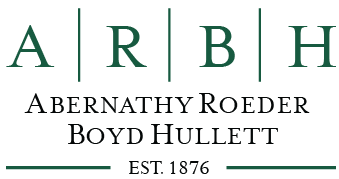
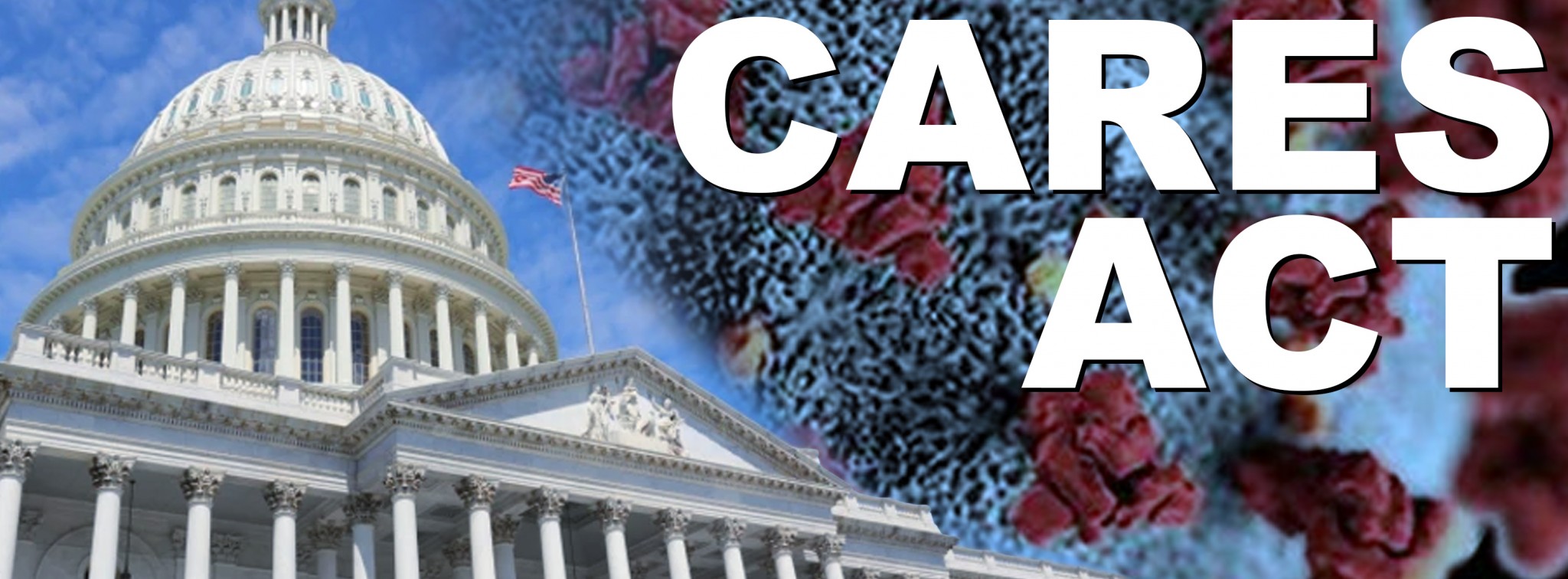
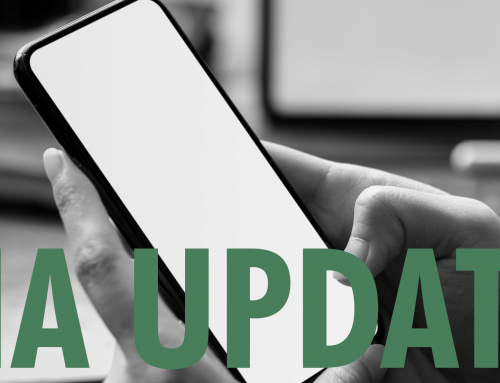

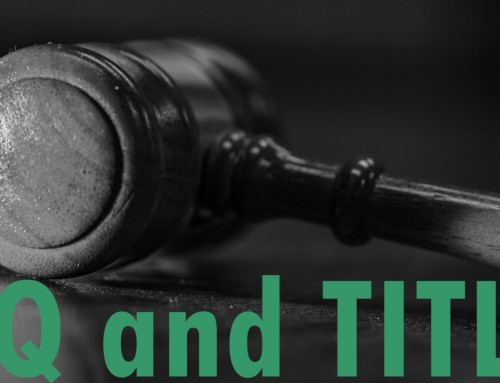
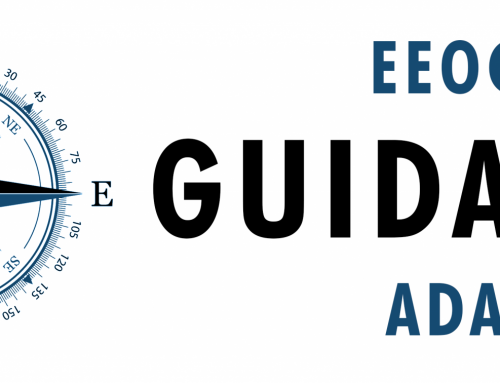

Leave A Comment